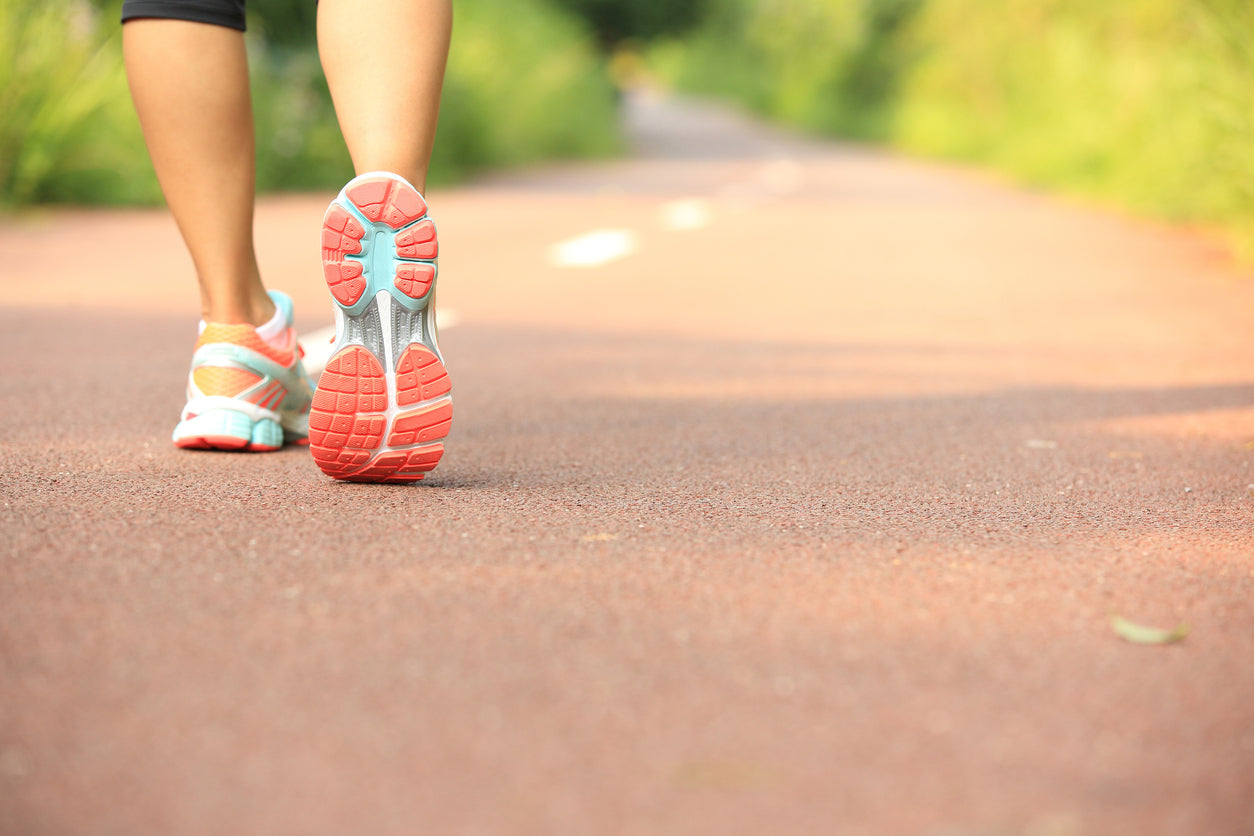Brisk Walking: What Is It & Why You Should Try It

Exercising or physical activity doesn’t have to be complicated. Something as little as a brisk daily walk can lead to a healthier life.
Brisk walking is a bit faster than a stroll and is often about 3 miles an hour. One way to know that you’re walking briskly is if you can still talk but can’t sing a song. If you’d rather clock brisk walking by steps, it averages to about 100 steps per minute (for adults under 60).
Benefits of Brisk Walking
There are many benefits we receive from brisk walking.
- Increases energy levels
- Maintains a healthy weight
- You’ll lose body fat
- Prevents and manages health conditions, including stroke, high blood pressure, heart disease, cancer, and type 2 diabetes
- Improves heart health
- Improves muscle endurance
- Strengthens bones and muscles
- Improves mood
- Improves cognition, memory, and sleep
- Strengthens the immune system
- Improves balance and coordination
- Reduces stress and tension
The faster, farther, and more frequently we walk, the more significant and substantial the benefits will be. It’s perfectly fine to start out as an average walker and work your way up to a faster speed. Eventually, you’ll make your mile mark in less time.
You don’t have to walk briskly throughout the entire trip. It’s ok to alternate periods of brisk walking with a slower, more leisurely pace. This interval training offers several benefits, including improving cardiovascular fitness and burning extra calories.
Things To Know About Brisk Walking
Brisk Walking & Your Technique
Good posture and purposeful movements are essential for brisk walking. Here are a few things to consider.
- Keep your head up, always looking forward, not at the ground.
- Keep your neck, shoulders, and back relaxed.
- Swing your arms freely with a slight bend at the elbow.
- Your stomach muscles should be slightly tightened with your back straight; avoid arching forward or backward.
- Walk smoothly by rolling your foot from heel to toe.
Planning A Routine
Start with the right gear.
- Comfortable shoes with proper arch support, a firm heel, and thick flexible soles will cushion your feet and help absorb shock.
- Stick with comfortable, loose-fitting clothing appropriate for all weather, and layer up during cooler weather.
- Moisture-wicking fabrics will help keep you more comfortable because they pull moisture away from your body. The moisture is drawn to the exterior of the clothes, which dries faster.
- If you’ll be walking outdoors at night, wear bright colors and reflective tape for visibility.
Choose Your Courses Carefully.
- When walking outdoors, try to avoid paths with cracked sidewalks, low-hanging limbs, potholes, and uneven turf.
- When the weather isn’t appropriate, you can consider walking indoors at a shopping mall or suitable place.
- It may seem silly to warm up for something like brisk walking, but it’s essential. Start walking slowly for 5 to 10 minutes to warm your muscles up.
- Cooling down consists of slowing from a brisk walk to the speed in your warm-up. Again, walk slowly for 5 to 10 minutes to help the muscles cool off before resting.
- Gently stretch your muscles after you cool down.
It can be highly beneficial to track your progress. Use a notebook or an app to log your daily fitness info. There are apps and tools that count your steps and track your speed. Always strive for improvement because we can always do better in some way!


